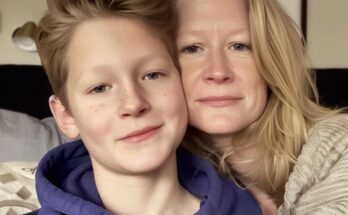At 19, Jordan met a woman in college who seemed to be everything he wanted—warm, spontaneous, and deeply connected. Within months, they moved in together, shared a bedroom, a checking account, and dreams of a future. Their first anniversary passed quietly, and Jordan felt secure. But one day, while he was at work, she moved out without a word. No note. No warning. Just gone. A month later, Jordan learned the truth: she had married her long-term boyfriend of five years. The relationship he thought was real had been a shadow of another life.
The shock was compounded by another strange detail. Jordan had met her “mother” once—a kind older woman who welcomed him warmly. But when he tried to reach out after the breakup, her real mother had no idea who he was. The woman he met must have been an actor, a stand-in to maintain the illusion. It was a deception so layered, it haunted him for years.
Jordan replayed every moment, searching for signs. The shared bank account, the late-night talks, the plans—they all felt real. But now, they were evidence of a carefully constructed lie. He wasn’t just heartbroken; he was confused, betrayed, and deeply shaken. The woman he loved had lived a double life, and he had been the unwitting extra in her story.
He never confronted her. There was no closure, no apology. Just silence. Jordan eventually moved on, but the experience left a scar. It taught him that intimacy doesn’t always equal honesty, and that some people are capable of compartmentalizing love in ways that defy logic. He learned to trust more slowly, to ask more questions, and to protect his heart.
Years later, Jordan shared his story with friends—not for sympathy, but as a cautionary tale. “She married someone else while living with me,” he’d say. “And her mom? She wasn’t even real.” It became a surreal memory, a reminder that truth can be stranger than fiction. And that sometimes, the people we think we know are playing roles we never auditioned for.


